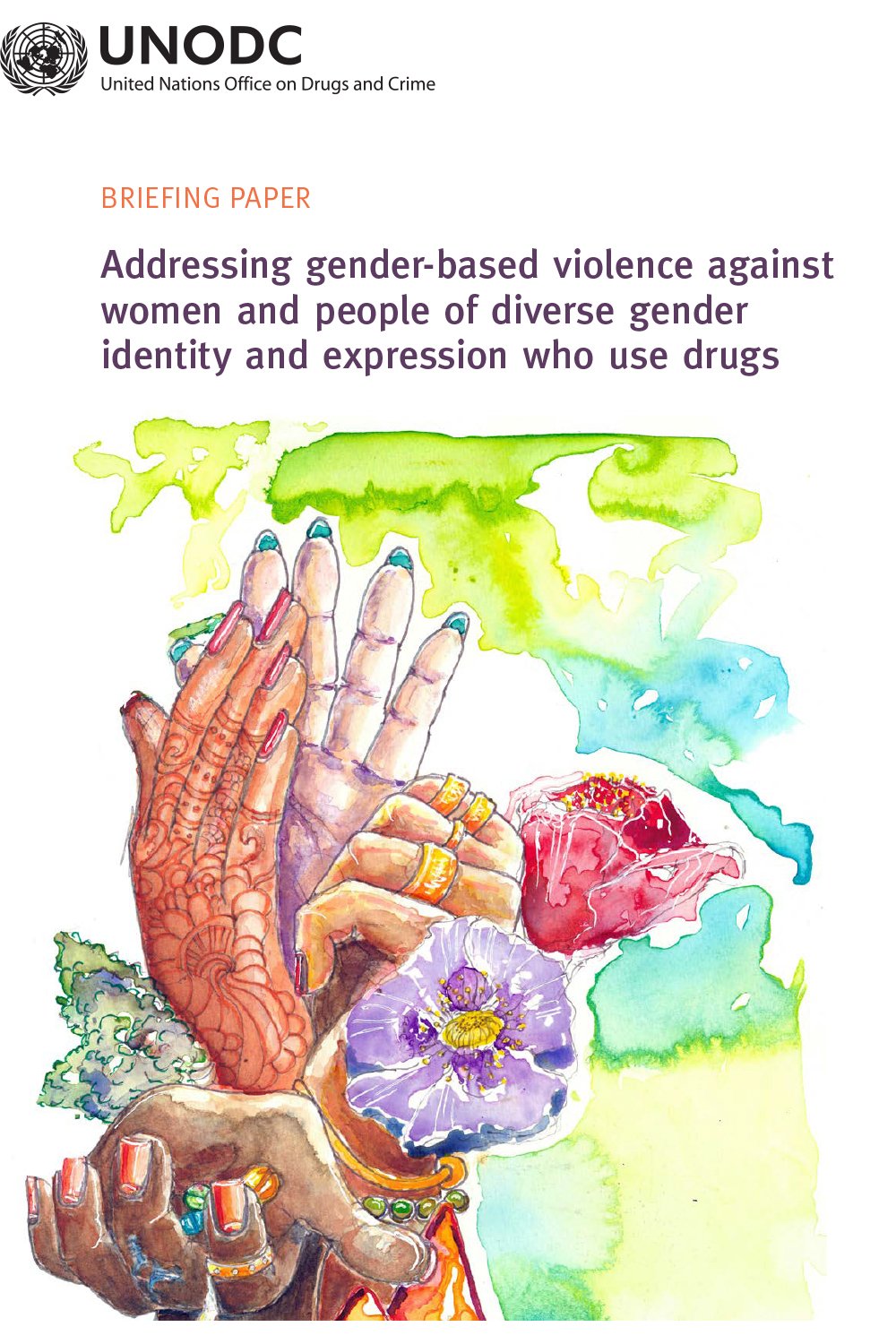In 2022, an estimated 1.3 million people acquired HIV globally, and 46 per cent of all people living with HIV were women and girls [1]. Alarmingly, the risk of acquiring HIV is 35 times higher among people who inject drugs than among those who do not [2]. Of the world’s estimated 296 million people who use drugs, 25–47 per cent are women, depending on the substance and region [3]. Women who inject drugs represent around 19 per cent of the estimated 13.2 million people who inject drugs [3]. There is a strong likelihood that these population size calculations are underestimated, given the marginalization of women who use drugs, the paucity of appropriate services for them, and the resultant data gaps.
There are pronounced and well documented bidirectional associations between gender based violence GBV and HIV among women who use drugs, sex workers, trans women and young women. These associations are markedly under-addressed in policy and programming. Punitive laws and policies, harmful gender norms and stereotypes, gender inequalities, marginalization, over-incarceration and other barriers to accessing services combine to amplify the risk of HIV transmission among women and people of diverse gender identity and expression who use drugs, and reduce their access to testing and treatment.
This briefing paper aims to raise awareness of the scope and scale of GBV experienced by women and people of diverse gender identity and expression who use drugs, and the connection between GBV and the HIV epidemic among them. It highlights practical responses to violence against these populations that can be adopted by providers of harm reduction and allied services. The paper also demonstrates how adopting a gender-responsive approach to drug use benefits women and people of diverse gender identity and expression.The paper begins with a summary of recommendations for policy and government responses.
This briefing paper is also relevant for advocates, human rights defenders, lawmakers, police and other stakeholders who engage with women and people of diverse gender identity and expression. Sample resources and illustrative responses are provided in the annexes.
